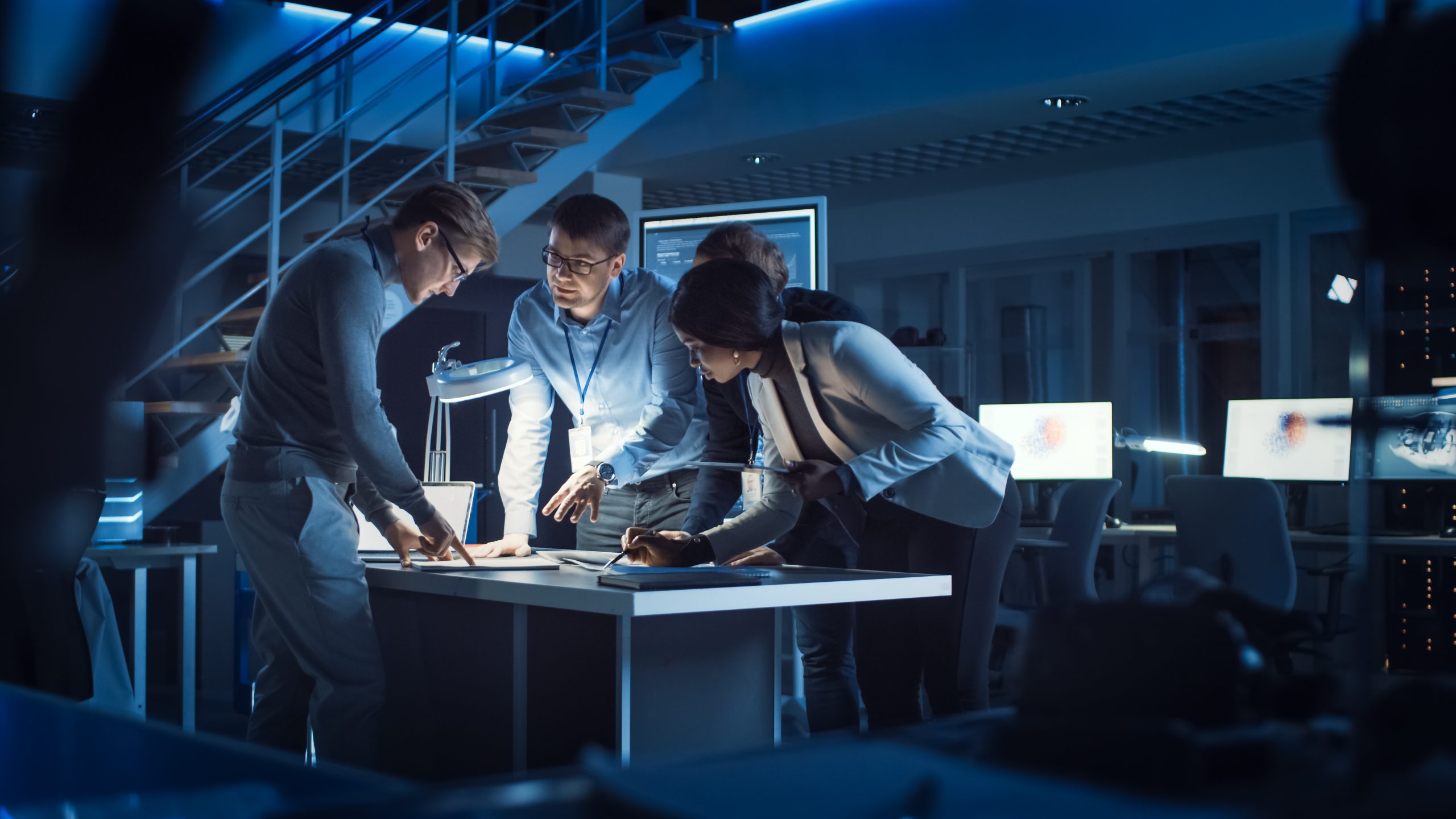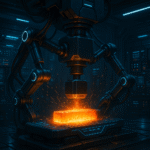How Green Energy Manufacturers Can Turn the Tide and Regain Profitability
Key Takeaways:
- Wind turbine and hydropower companies are navigating inflation, other economic challenges
- Read four ways renewable energy turbine companies are cutting production costs
The Full Article:
Despite the growing need for green energy, Western wind and hydropower companies are struggling to forge a path to profitability. This may seem counterintuitive because the 220 countries that adopted the UN’s Paris Agreement are transitioning away from fossil fuels and toward low-carbon alternatives to power their economies.
Dovetailing state-sponsored climate change initiatives, investors are also increasingly calling on manufacturers to strengthen their environmental, social, and sustainable governance (ESG) policies. Proxy Review reports that new ESG-related shareholder resolutions doubled between 2022 and 2023, accounting for approximately 25% of all shareholder proposals filed to companies traded on Wall Street.
And although projected increases in offshore wind and hydropower demand offer a promising future, they won’t solve today’s industry challenges to increase market share and profit margins. Production costs are rising due to inflation, and some deliveries are delayed due to supply chain disruptions. As a result, green energy manufacturers that won multimillion-dollar contracts prior to the pandemic now face significant losses when they deliver the turbines.
Siemens Gamesa Chief Executive Jochen Eickholt summed up the industry’s challenges when he told the New York Times, “Our wind turbine makers need to be reasonably profitable, but right now we are not.”
How to Reduce Production Cost and Gain Competitiveness
Hydro, wind, and other renewable energy manufacturers have multiple options available to develop highly accurate profit models for new products that address today’s true costs.
An effective should-cost process enables product design, procurement, cost engineering, and sustainability to establish cost benchmarks to ensure profitability early in the design process.
This requires the ability to run complex simulations in real time to identify how changes in design, manufacturing/production process, raw materials, and factory location will impact the final cost.
Armed with this information, product development teams can make design changes and conduct supplier negotiations to meet targets for production cost, performance, and sustainability. Read the following four ways that wind and hydro turbine companies are reducing costs.
1) Rethink Design to Lower Production Costs
Wind and hydro turbines are large, and they are getting bigger. The U.S. Department of Energy projects that the average hub height for offshore turbines in the U.S. will increase from 100 meters (330 feet) in 2016 to about 150 meters (500 feet) by 2035.
Turbines have large components including cooling system parts, brackets and couplings, and substantial standalone parts such as a main bearing, shaft, or hub. Traditionally, product engineers design one of these as a single component, instead of multiple parts, to maintain structural integrity, eliminate assembly steps, etc.
One wind turbine manufacturer used aPriori’s outliner analysis to identify a nacelle bracket with a high cost and low materialization due to design specifications. After analyzing this part, the engineering team redesigned the single part into two components and achieved the following benefits:
- Cut part cost 52%
- Reduced material usage
- Accelerated production via simplified design
- Expanded the range of suppliers with the equipment to manufacture the two smaller components
Additionally, the manufacturer is using aPriori to implement similar design splits throughout segments of the nacelle.
Want to learn more? Watch our video to see how AGCO strengthened its cost analysis for supplier parts.
2) Identify Opportunities to Expand Your Supplier Partnerships
A hydropower turbine provider was restricted to a limited number of suppliers for some of its large, heavy parts. That’s because few supply chain partners were equipped to develop the castings required for parts weighing more than 70 tons.
Using aPriori, the product design and cost engineering teams simulated redesigning the single part into multiple components. This approach enables the hydropower company to diversify its supplier base to reduce risk – and significantly cut transportation costs by moving production closer to the testing and delivery sites.
Want to learn more? Listen to our podcast: Cost Projections as a Competitive Advantage with Mike Perrott, senior director of commercial business systems at Flex.
3) Evaluate the Impact of Tolerance and Specification Changes
The nacelle and other wind turbine sections are typically reinforced with a frame of support beams. The beams may meet all performance requirements, but are they optimized for weight and cost? And is there an opportunity to increase beam strength? A design team used aPriori to evaluate three different scenarios: each had different beam thickness and depth, but used the same material.
The analysis (including a section modulus comparison) revealed that reducing the beam thickness and increasing the beam depth achieved the following:
- Reduced cost 36%
- Lightened the weight 32%
- Increased strength (gained higher resistance to bending)
The value engineering team is using aPriori to simulate similar tolerance and specification changes to related beams to exponentially increase the cost and weight savings of the entire support structure.
Want to learn more? Read 3 Steps for an Effective Manufacturing Cost Analysis.
4) Increase Material Utilization
The significant jump in material costs has manufacturers looking carefully at material utilization and waste. Using aPriori’s outlier analysis, a cost engineering team identified a hydropower turbine component with a low material utilization. This specific design had large areas of open space, which limited the effectiveness of nesting to reduce scrap.
By redesigning the part, the value engineering team increased material utilization 40%, and is applying this approach to redesign similar components located in other areas of the hydropower turbine.
Apply Manufacturing Insights to Address Profitability
Rising prices, operating costs, and economic uncertainty have created headwinds for some renewable energy manufacturers. That said, robust growth projections for hydro turbines and offshore wind turbines underscore the critical role these technologies are expected to play in the transition to net-zero emissions by 2050.
Today, green energy manufacturers have the opportunity to uncover opportunities to eliminate cost and complexity through new product development and value engineering. With aPriori manufacturing insights, product development teams can use powerful simulation capabilities to consider countless alternatives quickly and confidently – including design, sourcing, and manufacturing process. And companies that act today will be well-positioned to capitalize on new market opportunities and increase their profits over the long term.
Read Our Guide to Should-Cost Analysis









